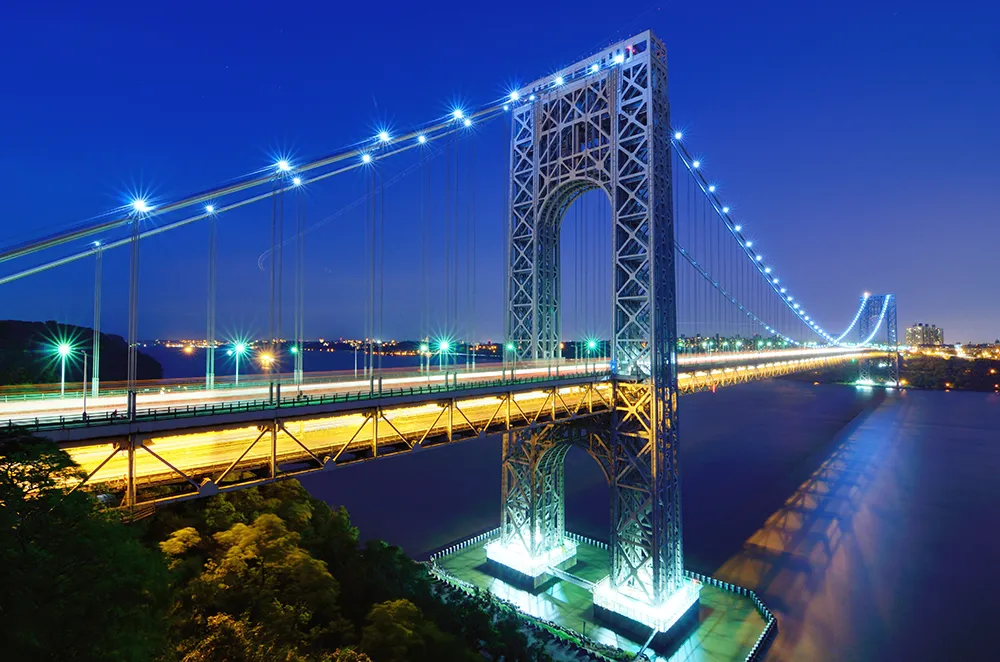
It is possible to design cities for people rather than cars - but it takes political will.
That was the message from Janette Sadik-Khan, New York City's former transportation commissioner, and now principal at Bloomberg Associates, in a recent TV interview.
Speaking to CNN, she said: “People always point to Copenhagen and Amsterdam and they are seen as these pedestrian Meccas, as if they’ve always been this way, and yet they started reclaiming their streets in the 1970s."
Sadik-Khan discussed the way that Oslo in Norway has seen pedestrian and cyclist deaths fall to zero - and said that US cities such as Houston are also creating more space for bicycles and pedestrians, and investing in public transit.
Of the Danish and Dutch capitals, she added: "It was over time that they turned into these people-first places; it wasn’t like this magic wand that came in and suddenly the traffic was gone. I think what they’ve shown is that you can design a city for people, rather than cars – and that’s really the future of cities."
She suggests that the chief principle of urban design over the last century has been moving cars as fast as possible from point A to point B - and that this is not conducive with cities which are pleasant to live in.
"You’re not going to improve the city by building more and more car lanes and accommodating roads with more and more cars," she concluded. "That’s like looking to solve obesity by just loosening your belt; it just doesn’t work.”










